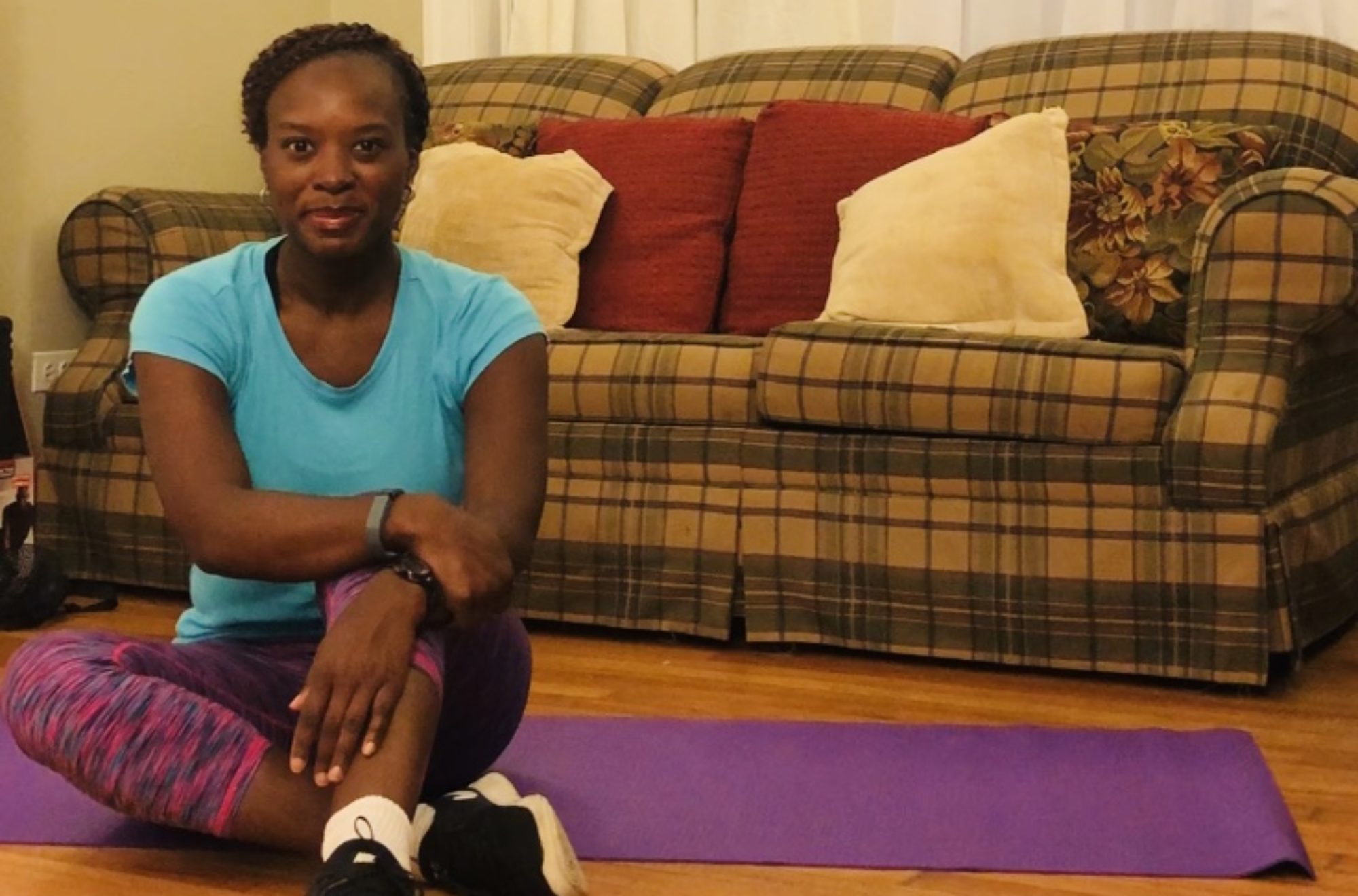
Four Reasons You’re Not Losing Weight
Weight loss! It’s one of the many positive side effects of getting fit. However, you may get to a point where you’re doing everything you know to do, but the scale never changes. If you’re facing that right now, please know that there are specific reasons you’re not losing weight.
For several weeks, I’ve hopped on the scale every Wednesday, and I can honestly say that the numbers on the scale have been consistently inconsistent. Sometimes the number goes down by two pounds one week, but the next week it goes up by 1.5 pounds. Since I’ve also been counting my calories, monitoring my water consumption and tracking my exercise, I’ve noticed some interesting trends.
I’ve come to realize there are four distinct reasons why my weight fluctuates from week to week. Because you’re on this fitness journey with me, I’ve decided to weigh in on why we’re not losing weight.
Reason #1: You’re Not Eating Enough
Logically speaking, if you want to lose weight you should eat less, but when it comes to the human body nothing is logical. Calories are energy, and we all need a basic amount of energy to simply get going. Though it may sound hard to believe, not eating enough can actually cause you to gain weight. You can’t run on empty; no one can. If you consistently consume fewer calories than your body needs, it will simply “hold on” to what you’ve eaten, storing it for later because it’s not sure when the next round of energy (meal) is coming.
The amount of calories you need to consume depends on how much you weigh and how active you are. In short, the more active you are, the more you’ll need to eat. Healthline.com has a Calorie Calculator that will show you how many calories you should consume on a daily basis to maintain your weight, to lose weight, or to lose weight fast. However, it’s important to note that all calories aren’t created equally.
Reason #2: You’re Not Eating The Right Foods

You know that you’re consuming the proper amount of calories, but you’re still not losing any weight. Maybe it’s time to look at what you’re eating. What you’re eating is another factor that comes into play where weight loss is concerned. Suppose you wanted to consume 300 calories for breakfast. You could have (Option A) one scrambled egg and a cup of rice, (Option B) one glazed doughnut, or (Option C) a vegan omelette with a side of berries.
Certain foods such as raw fruits and vegetables help expel waste from your body. The more of those foods you eat, the more you’ll be able to lose unnecessary waste in your body.
Reason #3: You’re Not Drinking Enough Water
You may have heard that water flushes out impurities. That means water helps eliminate toxins from your system, toxins that could be causing you to hang on to extra weight.
If you’ve ever attempted to drink the recommended amount of water for your weight, you’ve probably wondered about a few things. Like why you have to pee ALL the time, why your pee super dark, or why it smells, it’s because of the impurities or toxins that are in your system. If you stick with it, you’ll notice that you will have to use the restroom less and your urine will become more clear. The more clear your urine is, the least toxic it is.
Did you know that water can serve as a natural appetite suppressant? Drinking water before a meal causes you to feel somewhat full prior to taking your first bite. If you sip water between bites during a meal you will end up eating less. In both cases, the end result of drinking more water would be weight loss.
Reason #4: You’re Exercising Enough
You may already know that there are some amazing things that happen when you exercise: your metabolism increases, you burn calories and your bowels are stimulated. All three of those amazing things provide solid proof that exercise is the most effective avenue for losing weight.
Even so, there are times when you getting your workout in every day and working up a good sweat, but nothing is happening in terms of weight loss.
During those times, it is imperative to reassess your exercise regime. If all you do is cardio, it might be time to do some strength training. If you take a thirty-minute walk every day, it might be time to up the ante by transforming that walk to a jog. Making even a very subtle change to your workout schedule can result in a couple lost pounds in one week.
What now?
If any or all of those reasons you’re not losing weight resonate you’re probably thinking, “What in the world am I supposed to do now!?!?!”
My free email course, 5 Steps to Creating a Healthy Habit will lead you through everything you need to do.
Hopping on the Scale!
Don’t forget to hop on the scale and see where you are this week. Remember: if you were able to maintain and not gain, that’s still a win!
Follow Get Fit with Charity on Facebook, Pinterest and Instagram!
























